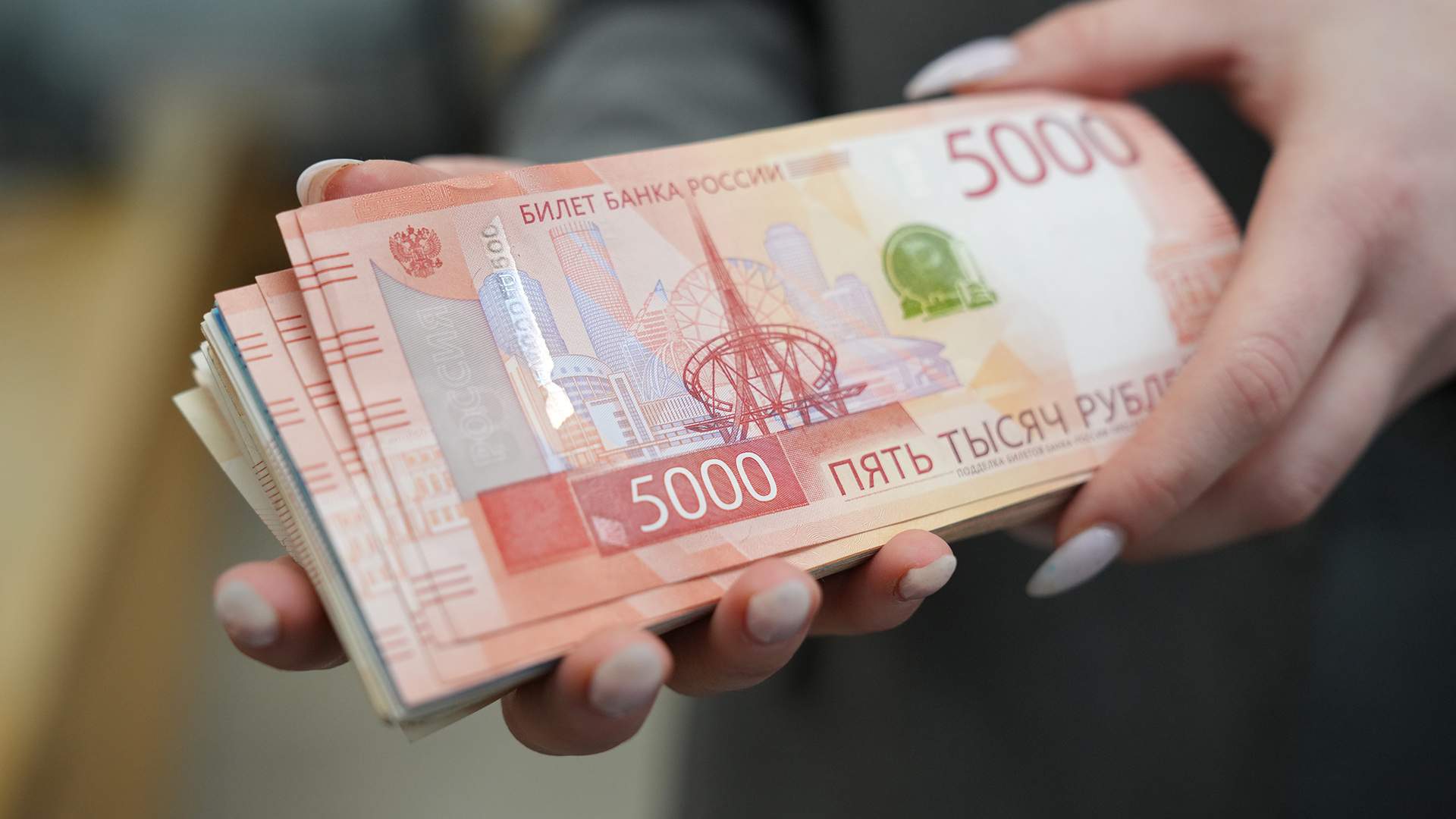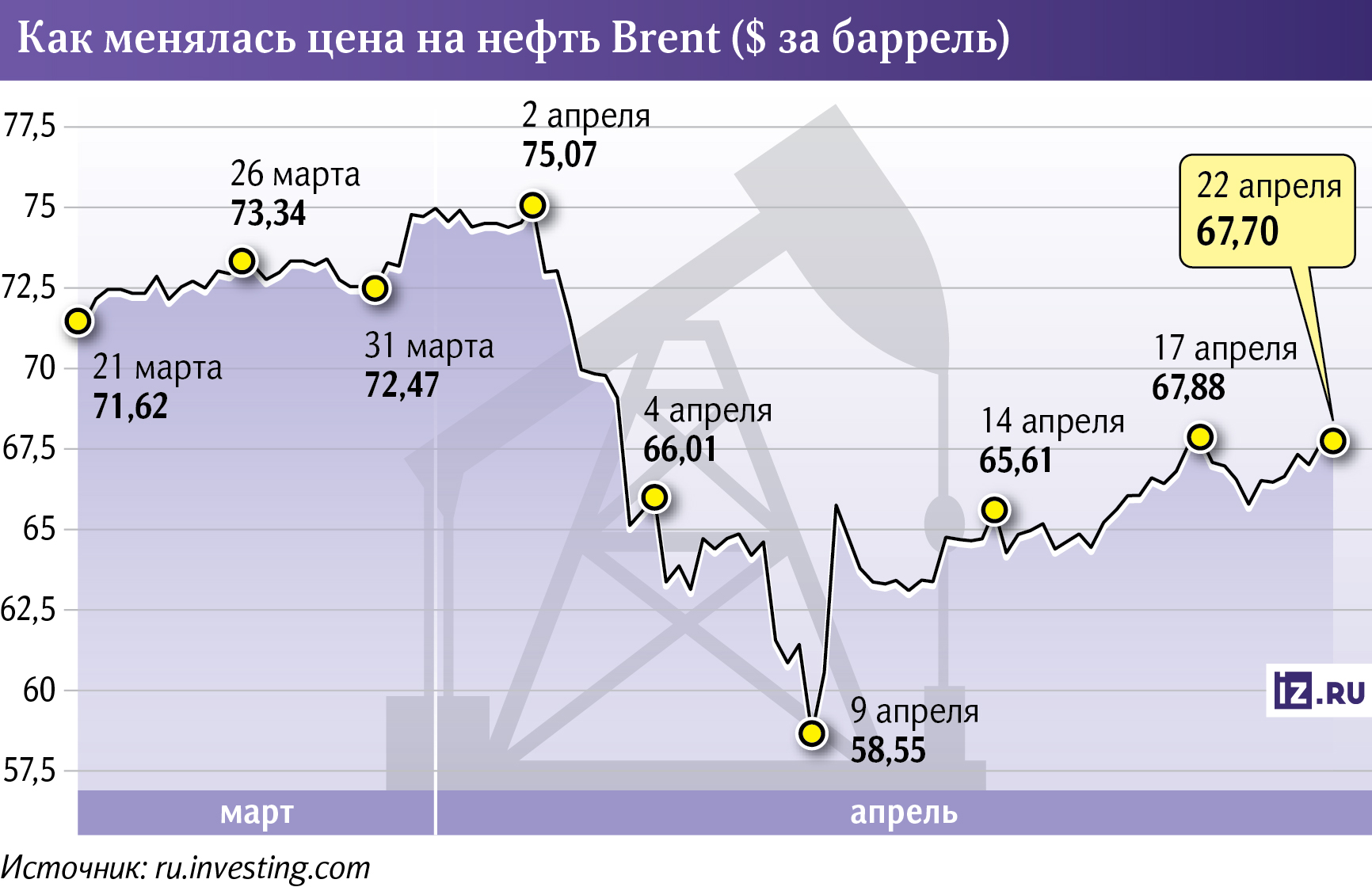There is no shortage: the budget deficit may exceed the plan by almost three times

The budget deficit may exceed the plan by almost three times in 2025 and amount to 3.3 trillion instead of the currently planned 1.2 trillion, follows from the consensus forecast of Izvestia. This will happen due to cheaper oil, as well as the strengthening of the ruble. Since the beginning of the year, against the background of trade wars, the value of the Urals brand has already dropped by almost a quarter, and by the end of the year, energy prices may be 15-20% lower than budgeted. How the state can compensate for lost income and whether it will have to get into the NWF is in the Izvestia article.
What will be the budget deficit of the Russian Federation in 2025
According to the financial plan for 2025, the budget deficit is projected at almost 1.2 trillion. However, the shortage risks increasing quite significantly — up to 3.3 trillion rubles, experts interviewed by Izvestia believe. This will happen, among other things, because oil prices are falling and the Russian national currency is strengthening.
When preparing the plan, the Ministry of Finance, based on the September macro forecast of the Ministry of Energy, budgeted the cost of oil at $69.7 per barrel, and the dollar at 96.5 rubles. However, this year, raw materials have become cheaper. In April 2025, the Urals price dropped to $53 per barrel, which is a quarter lower than planned, said Mikhail Kosov, Associate Professor, Head of the Department of State and Municipal Finance at Plekhanov Russian University of Economics. In its April macro forecast, the Ministry of Energy lowered expectations for oil prices this year. According to the agency's estimates, the average Urals brand price is expected to reach $56 per barrel.
If oil prices remain low, the budget may not receive up to 20% of expected revenues, says Mikhail Kosov. The planned share of oil and gas revenues to the treasury in 2025 is 27% (about 10.9 trillion). That is, due to cheaper raw materials, losses may amount to an additional 2-2.2 trillion rubles.
In addition, the ruble has strengthened by 20% since the beginning of the year, to 80.7 rubles/$. The stronger the national currency, the lower the income of energy exporters in ruble terms, which means they pay less taxes to the budget. However, the Ministry of Economy expects that the ruble will weaken in the future, and the average exchange rate this year will be 94.3 rubles. Judging by the consensus forecast of Izvestia, by the end of the year, the national currency will cost in the range of 95-100 rubles/$.
— The probability of continuing such a strengthening of the ruble is low, since in the long term, fundamental factors usually take over. If low oil prices persist for a long time, and currency restrictions weaken, the pressure on the national currency may increase again, Mikhail Kosov believes.
In the darkest scenario, the volume of the state budget deficit in 2025 could reach 3.5-4.2 trillion, independent expert Andrei Barkhota believes. According to him, this will be the result of the combined impact of a strong ruble, lower oil prices and sanctions restrictions.
In the first quarter of 2025, Russia's budget deficit amounted to almost 2.2 trillion rubles, or 1% of GDP, according to a preliminary estimate by the Ministry of Finance. This is already more than the financial plan for the year, but it is too early to draw conclusions. In January and February, the agency usually advances government contracts, so expenses significantly exceed revenues. In addition, compared to the same period in 2024, the figure decreased by 1.88 trillion.
It is also important that the indicators improved in March compared to the previous month. For comparison, in January-February of this year, the shortfall amounted to 2.7 trillion, or 1.3% of GDP.
Why oil started to get cheaper
The price of oil in 2025 will be volatile, primarily due to the trade war with China by US President Donald Trump, Mikhail Kosov explained. The global economy is expected to slow down, which means that demand for energy resources will fall. However, the expert admitted that oil prices could still change, as the American leader announced a possible deal with Beijing in the next three to four weeks.
In addition, oil prices are affected by the conflict in the Middle East. The probability of attacks on Iran and the republic's involvement in a direct armed conflict still remains high, said Nikolai Dudchenko, analyst at Finam.
However, trade and other wars play an important role, but not the only one. The current situation was influenced by the actions of OPEC+ — the cartel is now increasing oil production, he said.
If this deal falls apart, prices may fall even more, says Igor Yushkov, an expert at the Financial University and the National Energy Security Fund. The reserve capacities of the countries of the association are about 4.5–4.5 million barrels per day. If the deal does not materialize, then everyone will maximize production and create a large surplus in the market, he added.
— The decrease in demand for Russian grades of oil is due to the expansion of spreads, in particular, due to the increased sanctions at the beginning of the year. According to the latest OPEC report, Russia's share of the Chinese market was 18% in February, which is 1 percentage point lower than it was in January 2025. The share of Russian oil in India was 31%, having decreased by 2 percentage points compared to January,— explained Nikolai Dudchenko.
How can the government compensate for the budget deficit
The authorities have several options on how to cover the budget shortfall. Most often, they borrow money from domestic (through OFZ) or external (through Eurobonds) markets, or take deferred funds from the National Welfare Fund (NWF), sell state property, or raise taxes and fees.
During the adoption of the draft three-year budget in the fall of 2024, Finance Minister Anton Siluanov stated that the NWF would no longer be used to finance the deficit. The shortfall will be covered only by government borrowing — through the placement of OFZs.
"If oil prices really continue to decline and stay at low levels for a long time, then the Ministry of Finance will probably have to use funds from the National Welfare Fund to cover the budget deficit," admits Nikolai Dudchenko from Finam.
He recalled that the volume of the liquid part of the fund, although not very large — 3.3 trillion rubles as of April 1, with a total national welfare fund of 11.75 trillion - still allows it to stay afloat.
And in general, the national debt in Russia is at a safe level — below 15% of GDP. As Deputy Finance Minister Irina Okladnikova stated back in 2023, the agency considers 20% of the gross domestic product to be the safe border of the national debt. For comparison, in the United States, the total debt in relation to GDP is more than 120%, in China — about 80%, and in Germany — about 60%.

Переведено сервисом «Яндекс Переводчик»








